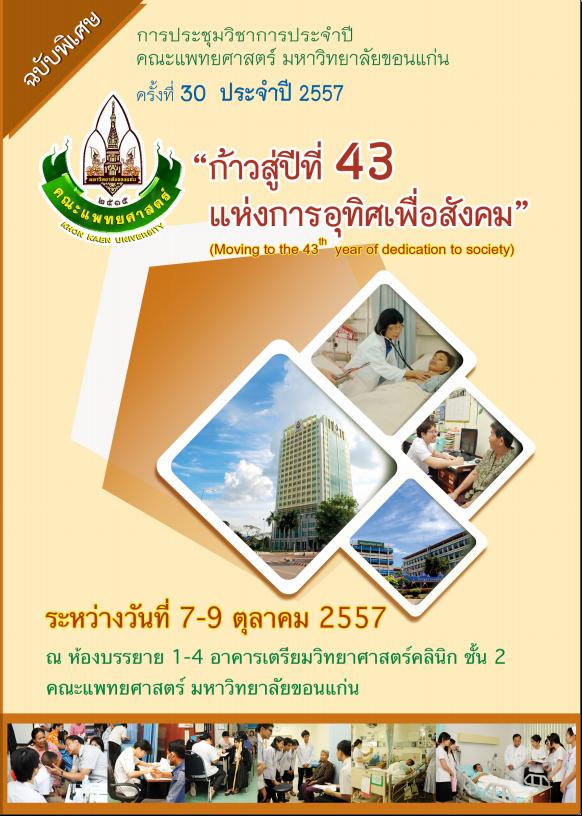Potential Glyco-Biomarkers Identified Suicide Victims
Abstract
Background and Objective: Suicide is a major public health concern in Thailand. The origin of suicidal behavior is multifactorial including genetic, neurobiological and psychosocial correlates. Lacking of specific and sensitive biological markers for suicide identification drives a search for new approaches that can identify biomarkers. The aim of this study was to determine the glycosylation profile of post-mortem brain tissue from suicide victims in order to identify new candidate biological patterns for identification of suicidal behavior.
Methods: Post-mortem prefrontal cortex tissue (Brodmann area 10) was derived from control (accident victims) and suicide subjects. Fourteen lectins specific to five main glycan structures were used for screening. Protein lysate from brain tissues were subjected to electrophoresis and lectin blotting.
Results and Conclusions: We found that UEA I, SBA and DBA showed significant differences in “glyco-fingerprints” patterns between the control and suicide subjects. These preliminary results suggest that glycosylation profile may be a potential biomarker for assessment the manner of death.




